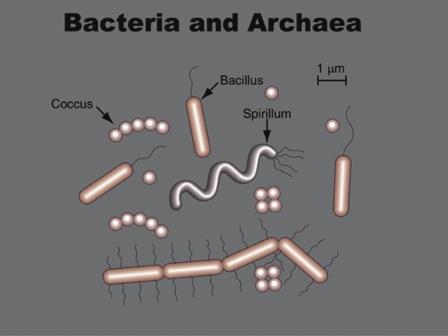Soils and Human Health
The most direct connection between soil and human health is in the soil's ability to provide the nutrients we need to thrive. There are between 50 billion to 1 trillion microorganisms in every tablespoon of soil. Most of these bacteria haven't been identified yet! These bacteria have several uses for humans, including:
- antibiotics like streptomycin to fight infection (discovered by soil microbiologists).
- bacteria that show promise to treat tumors
- cyclosporine, the drug that is widely used to help transplant patients accept their new organs.
- kaolin (a type of clay) and pectin provide the base ingredients for antidiarrheal drugs and antacids that help with stomach aches.
- bacteria and fungi to develop children's immune systems.
For centuries, people have been using mud therapies to help with dermatitis, diabetes, and arthritis. Not to mention paying money for mud facials and purified sand for use in exfoliants.

However, some of the trillion bacteria are less beneficial. Activities that disturb the soil, like driving on dust roads or farming can create wind erosion. When people breathe in these particles, they can get sick, both from the soil particles themselves, and the activation of bacteria in their lungs. Several million people every year can become ill due to soil pathogens. Soil is home to parasites like toxoplasma, hookworms, roundworms, and several types of fungus. These diseases often impact those people who are already in poor health with vulnerable immune systems.



